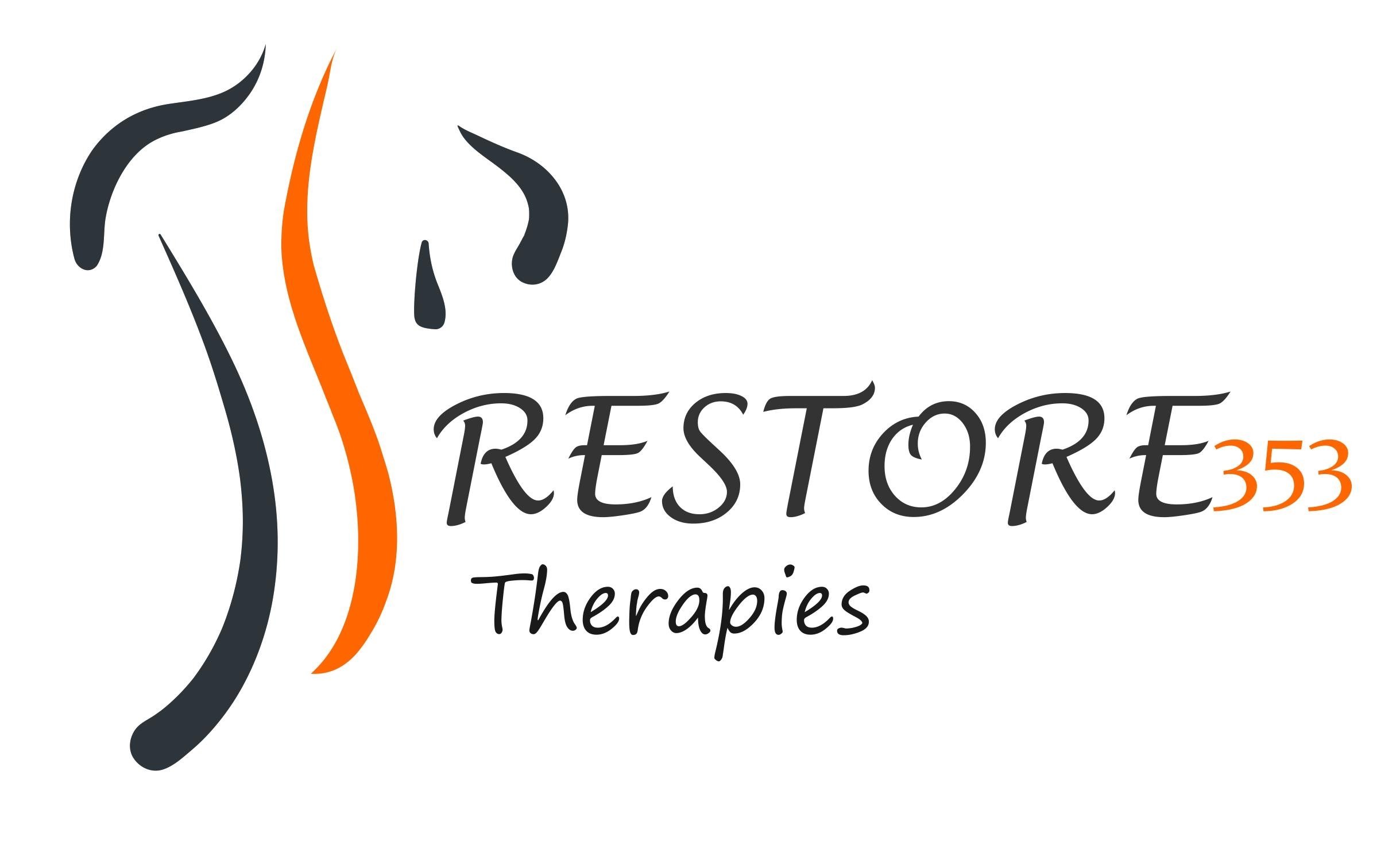Four Exercises to Train the Core
Training the core muscles in the body (abdominal muscles, muscles that surround the hips and postural muscles that run up and down the back) is essential to maintaining good posture, movement efficiency and overall body strength. With a strong core, other joints and muscles, such as those of the shoulders, can then work to perform tasks with greater ease and less tension. Low back pain can decrease because of more even muscle recruitment and participation.
PHOTO CREDIT: Restore353
1. Spinal Flexion on a Neutral Pelvis
The focus is on maintaining a neutral pelvis, while articulating the spine to lift the chest off of the floor. Begin laying on the floor with knees bent, feet on the floor, sit bones distance apart. Inhale as a preparation. On the next exhale, start to slightly tuck your chin towards your chest, stacking your head on the spine. Continue to roll through the spine, sequencing one vertebra at a time to curl the chest off of the floor. Allow your gaze to stay towards the top of your knees, and focus on not tucking your pelvis. Allow the arms to glide along the floor, moving as your trunk moves, without rounding the shoulders forward or reaching too far with the hands. Inhale to hold the posture. Then articulate through the spine slowly back down to the floor on the exhale. This exercise can become more challenging by adding various sequences of rotating the rib-cage, alternating movement with the arms and/or the legs, or holding isometric ally to build abdominal endurance.
PHOTO CREDIT: Restore353
VIDEO CREDIT: Restore353
2. Articulating Bridge
Begin laying on the floor with knees bent, feet on the floor, sit bones distance apart. Inhale as a preparation. On the next exhale, articulate through the vertebrae one at a time, to lift the hips level off the floor, stepping into the feet. Energy extends out over the knees as the front ribs are encouraged to relax, allow the spine to settle into a long line, with a long tail bone. The pelvis slightly tilts posteriorly releasing the low back. The hamstrings are activated by pressing into the feet, feeling the heels pull towards the sits bones. This activates and releases back muscles, encourages mobility through the spine and pelvis, while strengthening the hamstrings and inner thighs. Focus on lifting the hips off the floor, nice and easy while rolling through the spine. Inhale to pause at the top. Return back down to the floor, one vertebrae at a time as you exhale. The goal is not to lift the hips as high as possible, but to feel length through the spine as the hips lift. The hips will lift higher as the muscles lengthen over time. Bridges help to release the postural muscles in the spine, activate the deep abdominals and hamstrings.
PHOTO CREDIT: Rebel Dietitian
3. Squats
Begin by standing with feet slightly wider than shoulder width apart, slightly externally rotated through the hips. Keep the chest lifted with the shoulders open. Look forward with the chin slightly raised. Maintain a neutral spine (the natural curves of the spine). Inhale as you push the glutes backward, bending your knees, like you are sitting into a chair, while keeping the abdominal muscles drawing inward. Continue descending until the hamstrings are close to being parallel to the floor (modifying if you have knee pain). Exhale while using the glutes to extend the hip forward, straightening the legs, while pushing through the heels as you stand, returning to your starting position.
PHOTO CREDIT: Restore353
4. Plank
Begin on the hands and knees. Shoulder should be directly over the wrists and hips directly over the knees. Head should be long and in line with the spine. Avoid dropping the head. Feel like you are pressing the floor away from you to engage and stay lifted. Inhale to prepare. As you exhale, extend one leg back behind you, keeping it in line with the hips and toes on the floor. Inhale to prepare and then exhale sending the other leg back with the same alignment on the other side. Focus on keeping the shoulders from hiking towards the ear, and the rib-cage and hips from rotating. Keep drawing the navel up towards the spine and allow the pelvis to tuck slightly to keep the pelvis in a neutral or slightly posterior position. Focus on a slight lift or engagement through the quads to assist the abdominals and spinal muscles. Hold the position for a few breaths to start and then work your way towards 30 seconds to 1 minute or try lift one leg at a time for a greater challenge!





